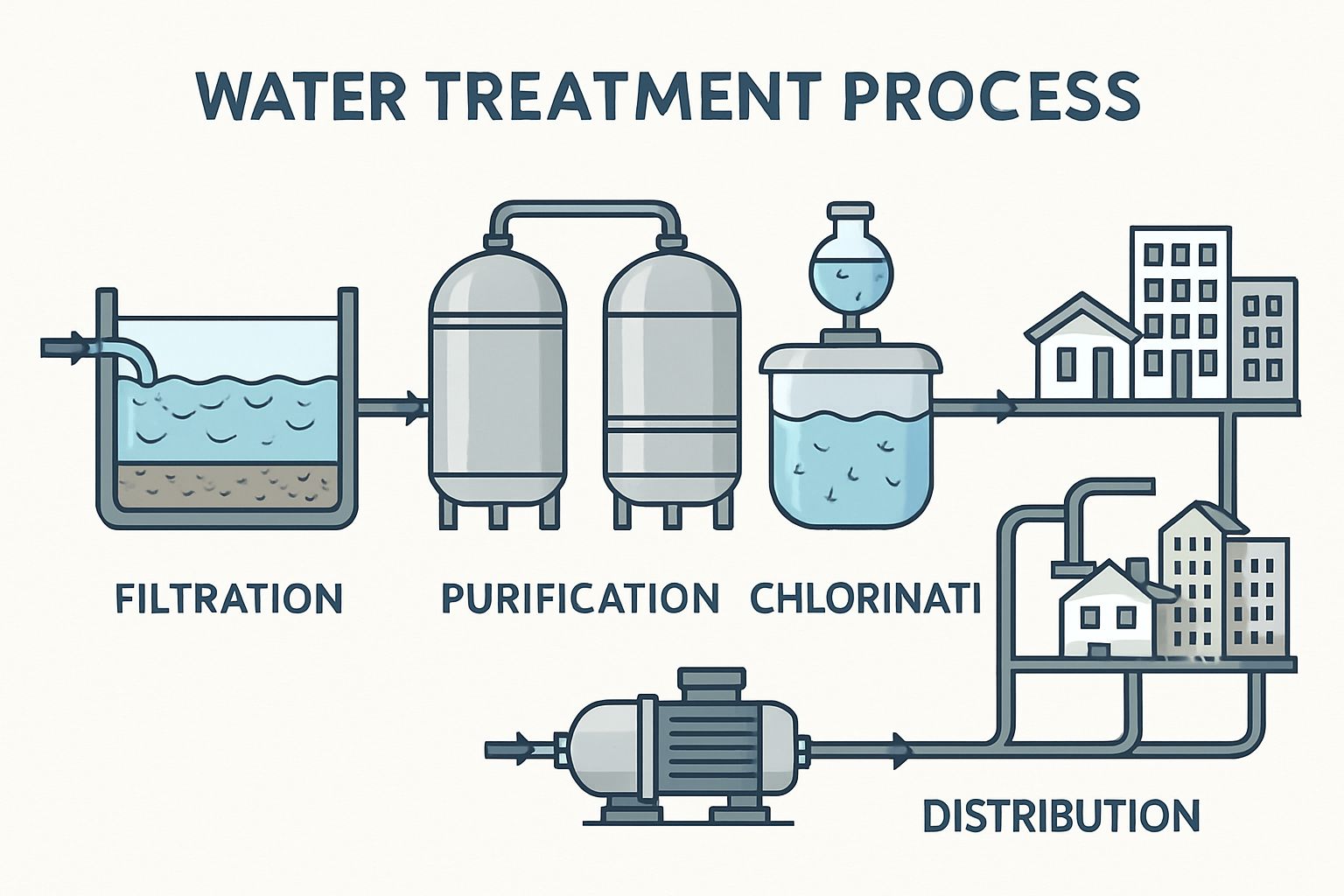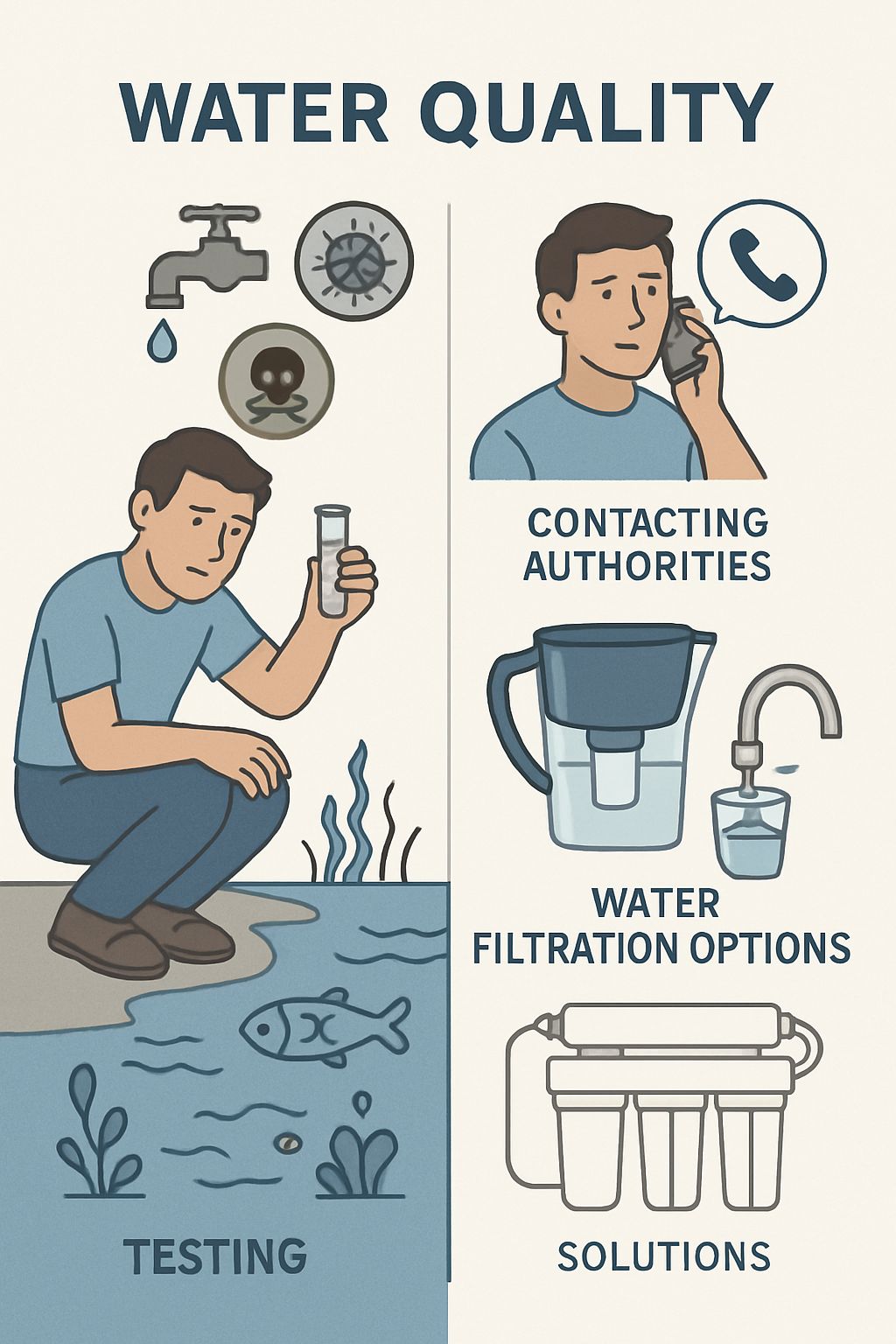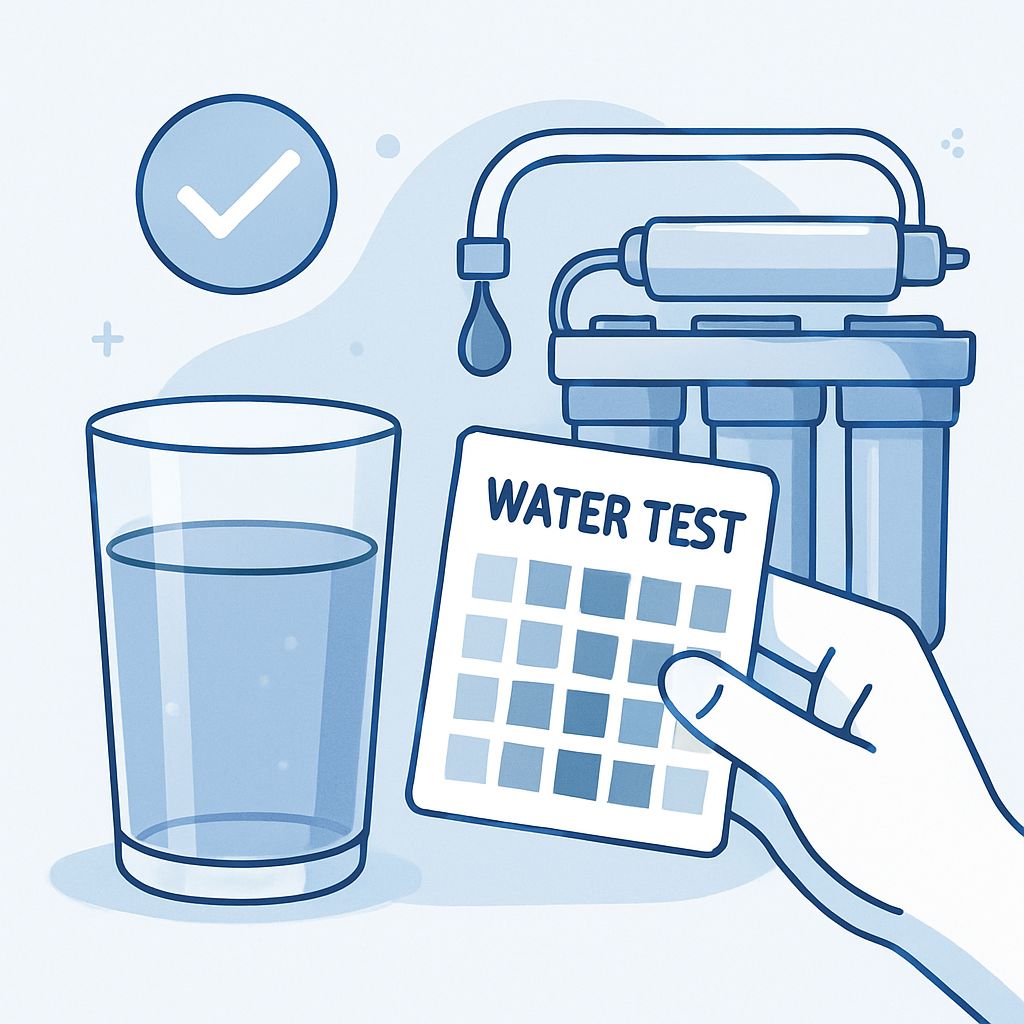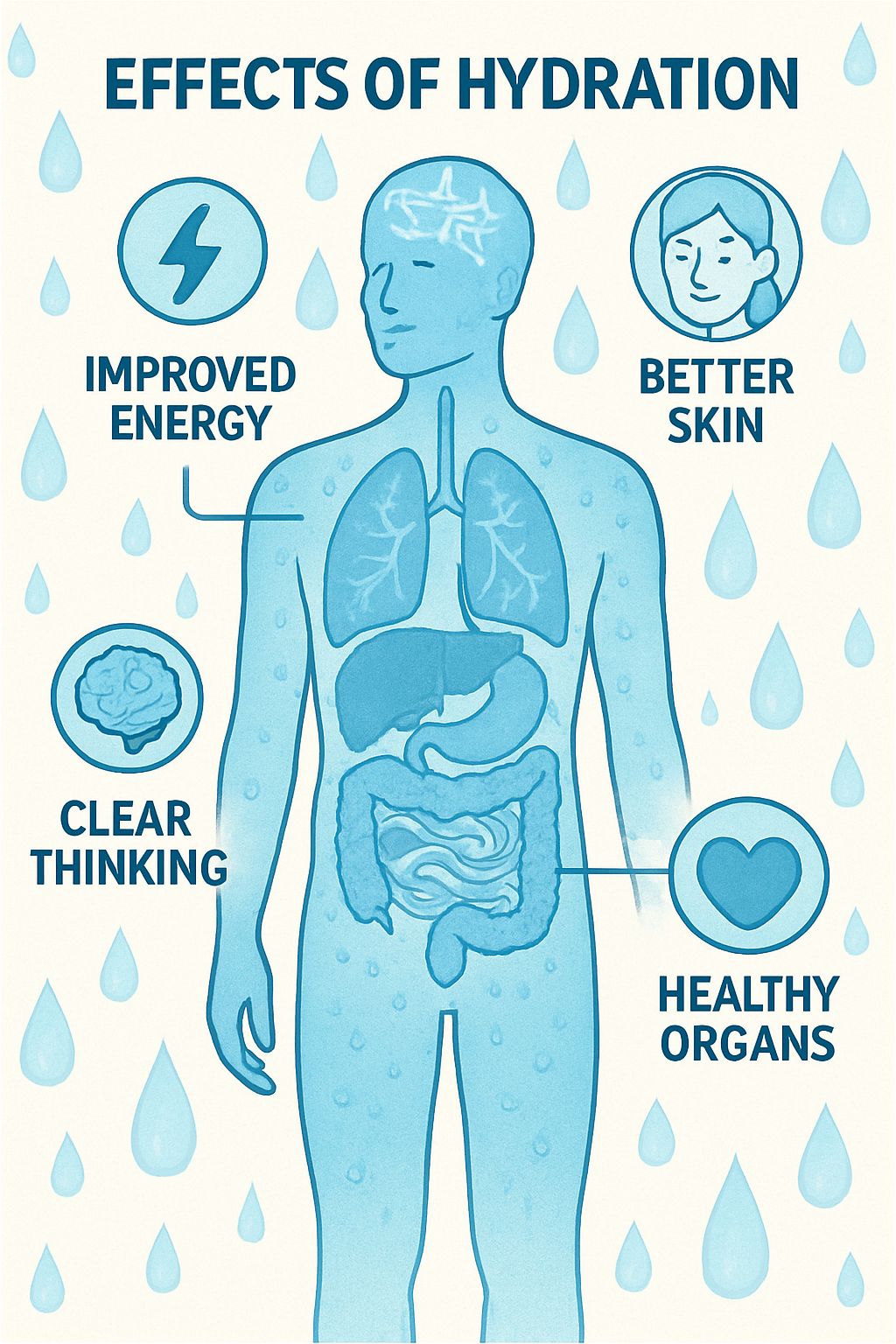
What to Do If You Have Concerns About Your Water?
Access to clean and safe drinking water is a fundamental human right. In Australia, we are fortunate to have some of the best-managed water supplies in the world. However, it’s not uncommon to have occasional concerns about the quality of our water. Whether it’s a strange taste or odor, or a change in color, it’s important to know what to do when you have concerns about your water.
At the Australian Relief Organisation (ARO), we work in places where concerns about water quality are a matter of daily life and death. Our 205+ water projects in over 30 countries have brought us face to face with the devastating impact of contaminated water. From the arsenic-laden waters of Cambodia to the drought-stricken regions of Africa, we are constantly working to find solutions to the world’s most pressing water challenges.
This article will guide you through the steps you can take if you have concerns about your water. It will also provide a deeper understanding of the global water crisis and how ARO is working to create a world where everyone has access to safe, clean water.

Professional illustration showing steps to address water quality concerns and available solutions
Step 1: Identify the Problem
The first step is to identify the specific nature of your concern. Is it:
- Taste or Odor? Does your water taste or smell earthy, metallic, or like chlorine?
- Color or Appearance? Is your water cloudy, discolored, or have visible particles?
- A Health Concern? Are you or your family members experiencing any health issues that you think might be related to your water? If you suspect dehydration, you might be interested in our article about the Signs You’re Not Drinking Enough Water.
Step 2: Contact Your Local Water Utility
Your local water utility is your first and best source of information. They are responsible for the quality of the water that is delivered to your home and are required to meet strict health-based standards. When you contact them, be prepared to provide them with as much information as possible about your concerns.
They should be able to:
- Answer your questions about your water quality.
- Provide you with a copy of their latest water quality report.
- Investigate your concerns and, if necessary, send someone to test your water.
Step 3: Understand Your Water Quality Report
Your water quality report can be a valuable source of information. It will show you the results of the tests that your water utility has conducted on your water supply. The report will typically include information on:
- The source of your water.
- The treatment processes used. We have an in-depth article on the Water Treatment Process if you’d like to learn more.
- The levels of any contaminants that were detected in the water.
- How your water compares to the Australian Drinking Water Guidelines.
Step 4: Consider a Water Filter
If you still have concerns about your water quality after speaking with your water utility, you may want to consider using a water filter. There are many different types of water filters available, from simple pitcher filters to more complex under-the-sink systems. When choosing a filter, it’s important to select one that is certified to remove the specific contaminants you are concerned about.
The Global Perspective: When Every Drop is a Concern
For the 1 million people we have helped, the concerns about water are not about a strange taste or smell. They are about life and death. They are about watching their children suffer from preventable waterborne diseases. They are about spending hours every day walking to collect water from a distant, often contaminated, source.
This is the reality of the global water crisis. And this is why the work of the Australian Relief Organisation is so vital. We have seen the transformative power of clean water, not just for individuals, but for entire communities. To understand the profound impact of hydration, read our post on What happens to my body when I drink more water?.
How ARO is Addressing Global Water Concerns
At ARO, we don’t just provide water; we provide solutions. We work with communities to develop long-term, sustainable water projects that address their specific needs and challenges. Our work includes:
- Drilling Deep Wells: We drill deep wells to access safe and reliable groundwater sources, free from the contaminants found in surface water.
- Installing Water Filtration Systems: We install a variety of filtration systems, from simple biosand filters to advanced reverse osmosis systems, to remove harmful contaminants from the water.
- Building Rainwater Harvesting Systems: We build rainwater harvesting systems to capture and store this precious resource, providing a safe and reliable source of water during the dry season.
- Providing Hygiene Education: We provide comprehensive hygiene education to ensure that communities can protect themselves from waterborne diseases.
Our approach is holistic and community-focused. We empower communities to take ownership of their water projects, ensuring that they will be sustainable for years to come.
You Can Be a Part of the Solution
Having concerns about your water is a privilege. It means you have access to a system that is designed to protect your health. You can help to extend this privilege to others.
By supporting the Australian Relief Organisation, you can help us to bring clean, safe water to the communities that need it most. Your donation can help to fund a well, a filtration system, or a hygiene education program. It can help to save lives and transform futures.
Take Action Today. Support ARO’s Clean Water Initiatives.
Frequently Asked Questions (FAQs)
Q: How can I find out about the quality of the water in my area?
A: Your local water utility is required to provide you with a copy of their latest water quality report. You can usually find this on their website or by contacting them directly.
Q: Are bottled water and tap water the same?
A: Not necessarily. Bottled water is not always safer than tap water. In Australia, tap water is highly regulated and is often of a higher quality than bottled water. To find out more about tap water safety, check out our blog post, Is my tap water safe to drink?.
Q: What are the most common water quality issues in Australia?
A: The most common water quality issues in Australia are related to the taste and odor of the water. These are usually caused by chlorine, which is added to the water to disinfect it.
Q: How can I get involved with ARO’s work?
A: There are many ways to get involved with ARO’s work. You can make a donation, volunteer your time, or spread the word about our work to your friends and family. Please visit our website for more information.
Q: What is the biggest challenge facing the global water crisis?
A: The biggest challenge facing the global water crisis is the lack of access to clean, safe drinking water. This is a complex problem that is caused by a variety of factors, including poverty, climate change, and conflict. However, we believe that it is a problem that can be solved. With your help, we can create a world where everyone has access to the clean, safe water they need to survive and thrive.
Related Project: Clean Water



